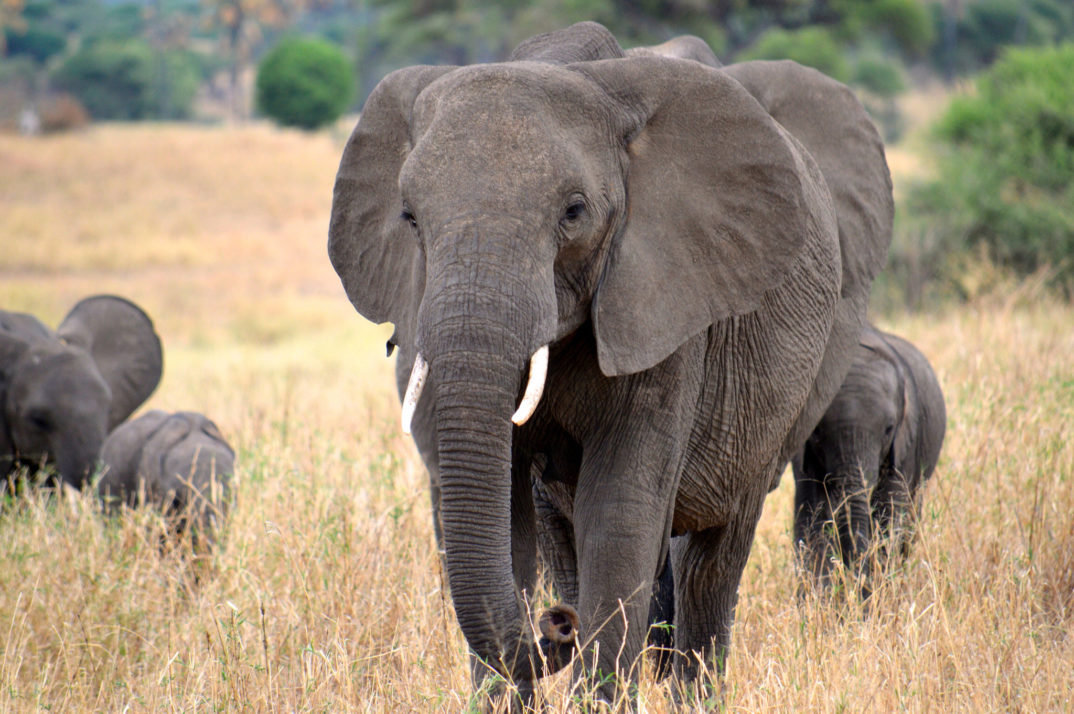In late September, New York seized the largest amount of ivory in state history, with an estimated worth of $4.5 million- but the perpetrator is not who you might imagine. Unlike many recent seizures, this ivory was not in the form of tusks, but instead valuable antiques. When imagining the production and sale of ivory, poachers, criminals and the black market comes to mind. However, the impact of antique ivory, sold and collected by museums and curators, is often left unconsidered in the ivory debate. With new calls for total bans on ivory in France, the U.K., and Kenya, it is time to face the question of what role antique ivory plays in the endangerment of elephants.
The Ivory Trade: Ban or Regulate?
The United Nations’ Convention on International Trade and Endangered Species (CITES) will begin on September 24th in Johannesburg, South Africa. The hot topic at the convention will be lifting the ban on the ivory trade that was imposed in 1989. Botswana has been the most recent country to speak out against the ban and to side with fellow African countries, such as Kenya and Tanzania. Botswana carries heavy influence in the decision because it is home to the world’s largest population of elephants. Along with South Africa, Namibia and Zimbabwe are some of the larger players in the African ring to support lifting the ban. They are in favor of the economic benefits that come with sales of this natural resource. They will offer a proposal at the conference to lift the ban on the sale of legal ivory. China and Japan also play a large role because of the sheer amount of ivory that finds its way into their borders.

